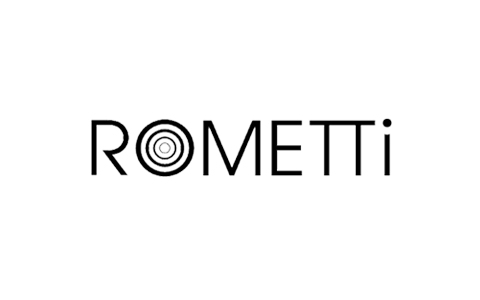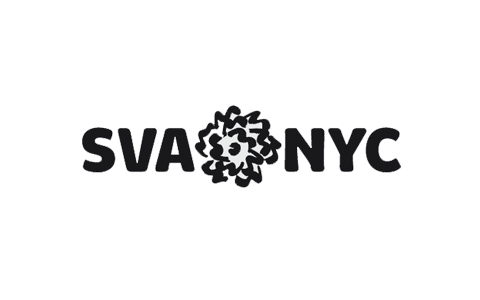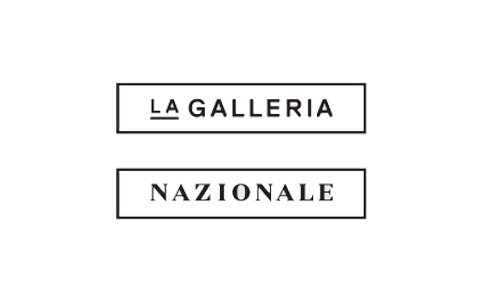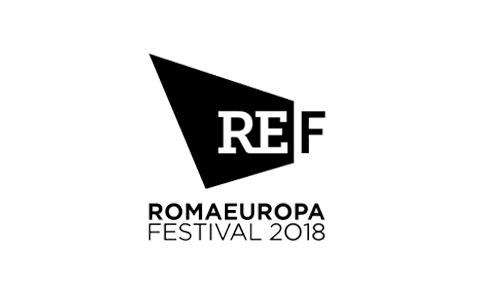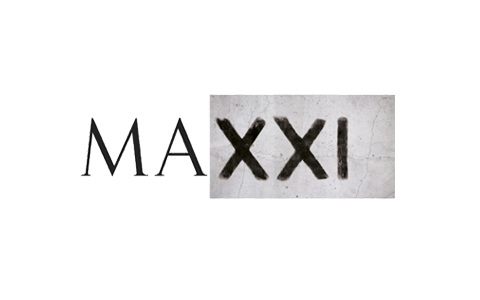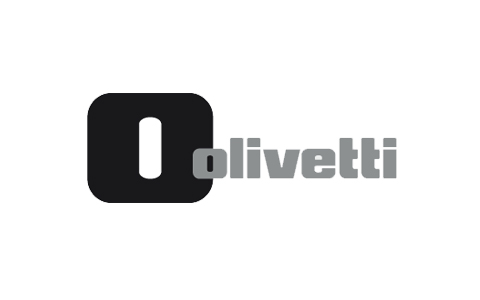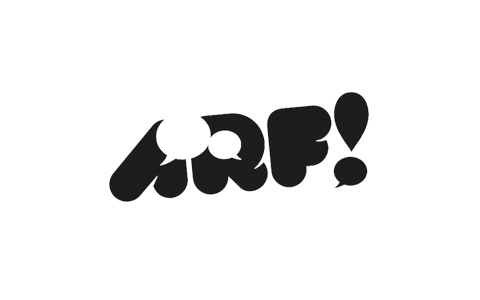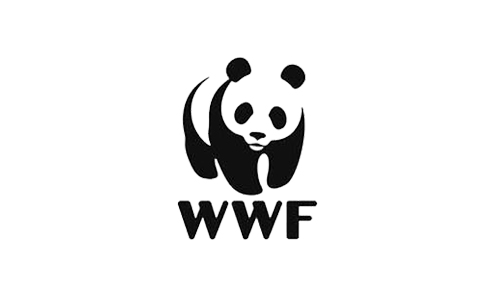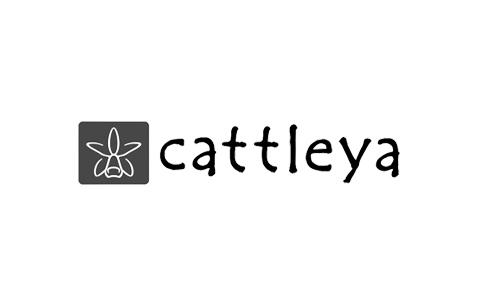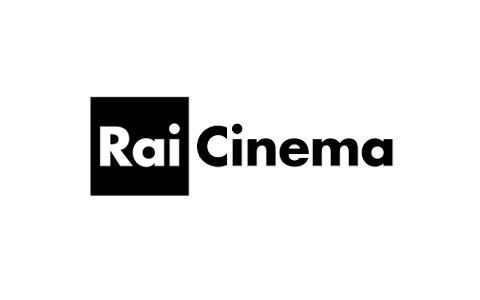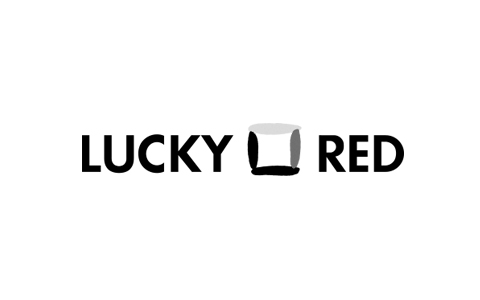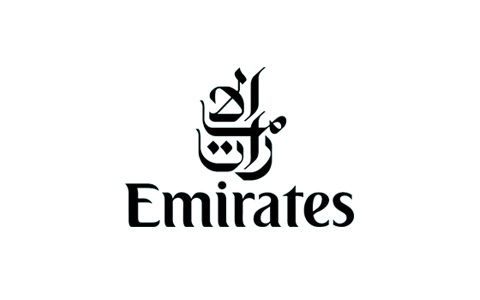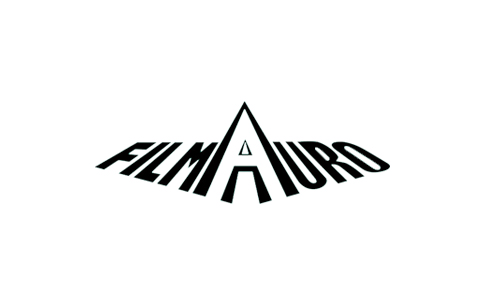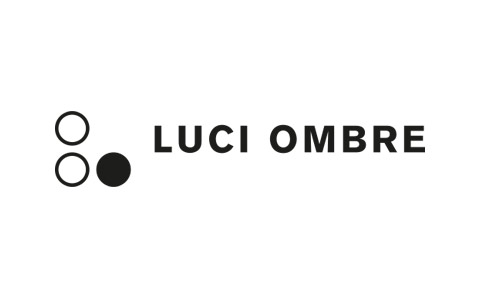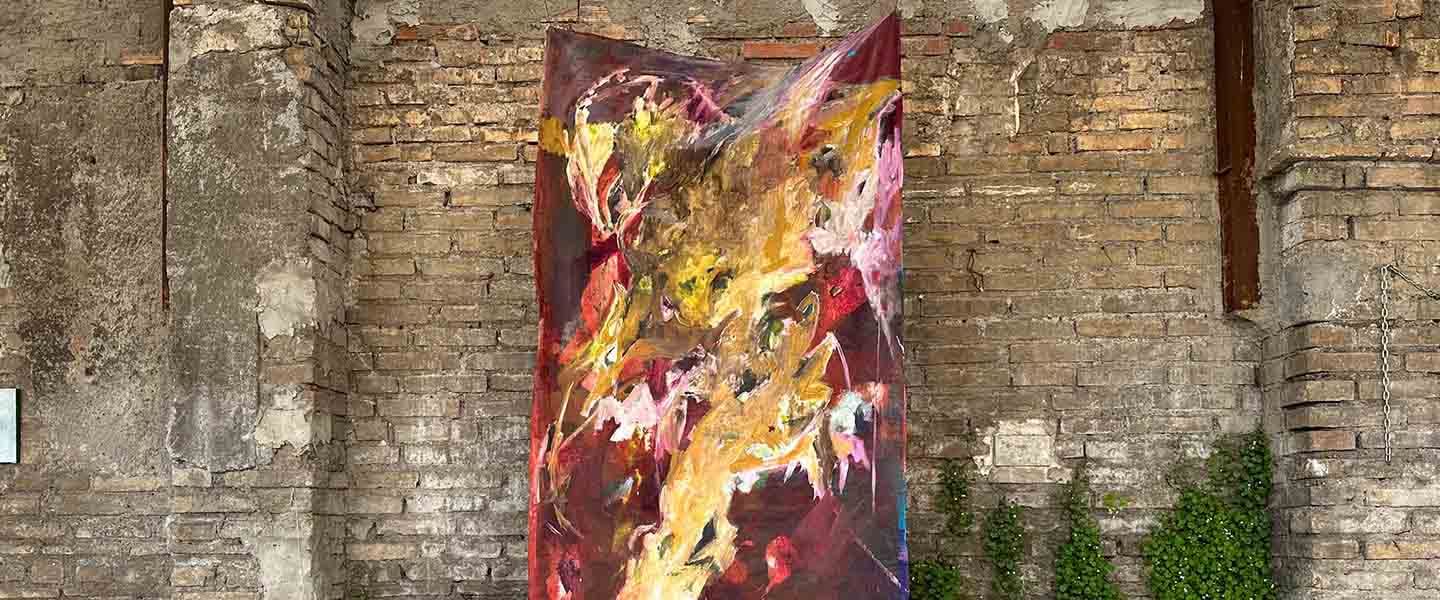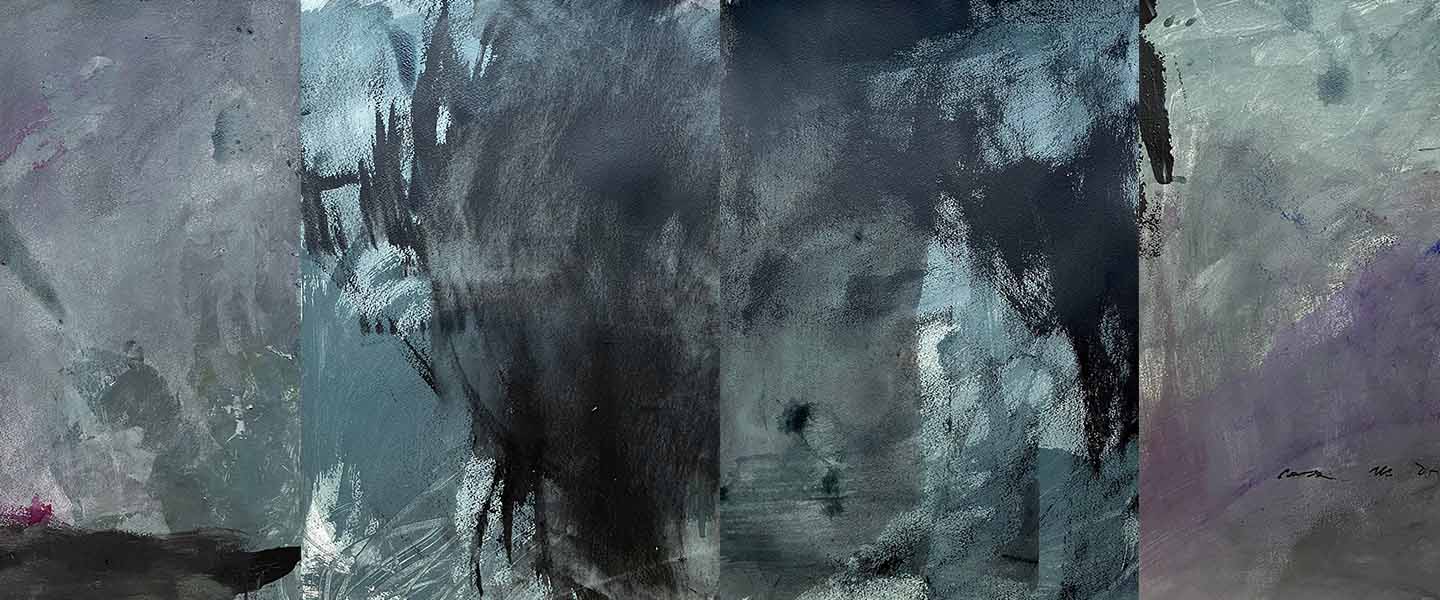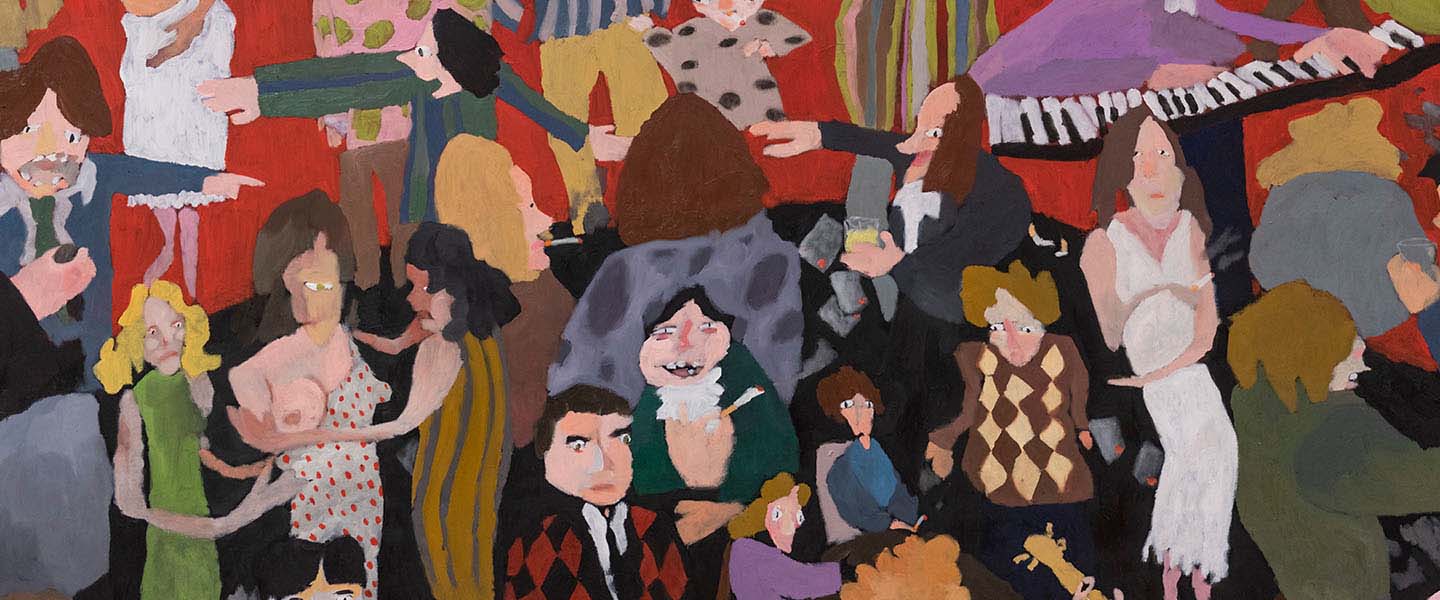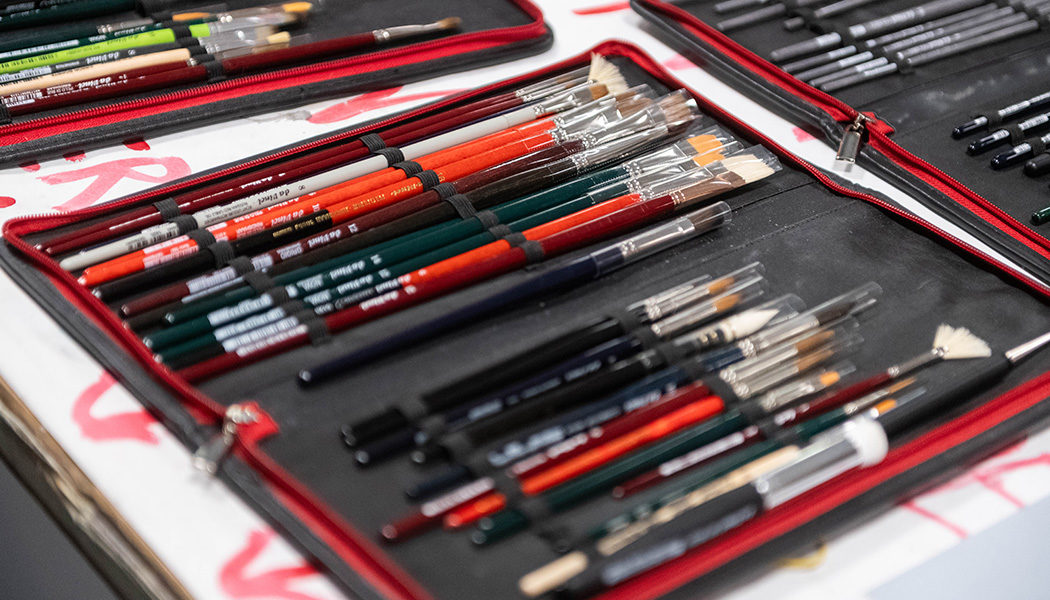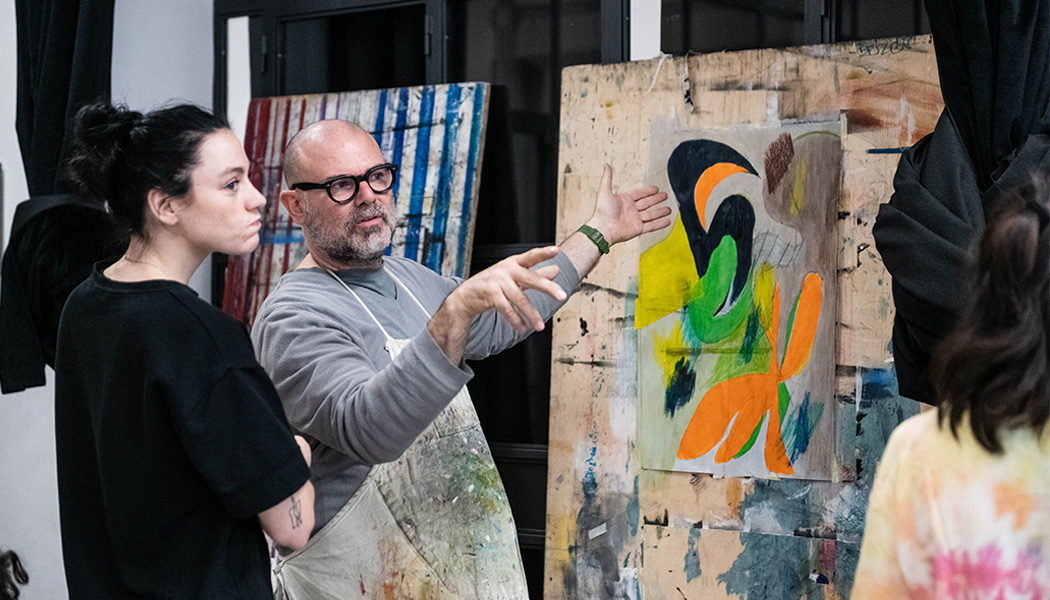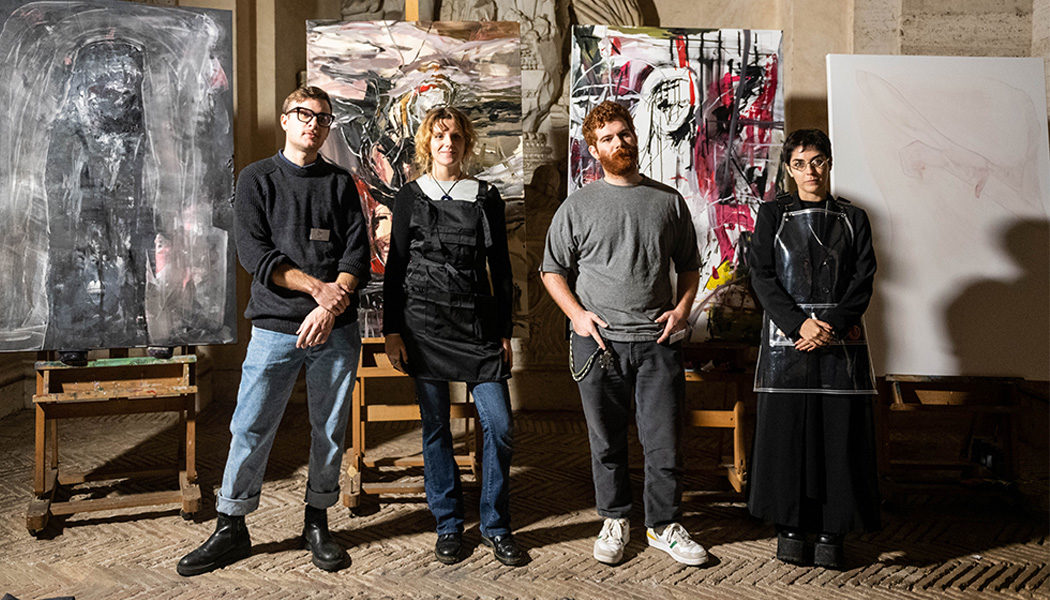TAUGHT IN ITALIAN AND ENGLISH ❯
From the very beginning, the language of mankind.
We will teach you how to paint both drawing on tradition and mastering the techniques of the present. You will create your own art, future and career in one single project.
Qualification:
First Level Academic Diploma, equivalent to a Bachelor’s degree
Duration:
3 years, full time
Language:
Italian and English
Credits:
180 ECT
Location of attendance:
Rome
Requirements:
Italian students
High school diploma
International students
Valid High School Diploma for the Italian Higher Education System
B2 Certificate of the language in which the course is held
Upon admission non UE students are subject to fulfill the procedure for obtaining the student VISA
Field:
Visual Arts, Painting.
Main subjects:
Painting, Drawing for Painting, Special Graphic Techniques, Visual Arts Techniques and Technologies.
Future careers:
Illustrator, Gallery assistant, Contemporary art museum collaborator, Curatorial assistant, Event organiser, Exhibition and exhibition designer.
Visual arts are the most ancient creative activities. The skills and talents of the artist are still in need today. RUFA teaches young people how to express themselves. They start from tradition while mastering contemporary techniques: painting, video, performance art, installations, electronic art. The modern visual artist must be aware of history as well as of the times in which we live. RUFA helps its students to combine art, future, and professionalism into a single project. The job opportunities of students that have attended their BA in Painting are in the fields of visual art, graphic art, and painting as a pure artistic form of expression. Thanks to their studies in specific areas (contemporary art history, photography, and audiovisual, pictorial, graphic, and figurative techniques and technologies) RUFA graduates can work as curators of exhibition spaces, art directors for cultural events, graphic designers, and as art publishers. Any one of these art sectors can select them thanks to their high-level training in visual arts, aesthetics, phenomenology of the contemporary art, and organisation of art spaces and concepts.
The Academic Bachelor of Arts is equivalent to a University Bachelor’s Degree
*All lessons include mandatory attendance at RUFA’s locations in Rome.
Coordinator: Marta Jovanovic
Tutor: italian Maria Pina Bentivenga, english Fabrizio Dell’Arno
Lecturers: Maria Pina Bentivenga, Gianna Bentivenga, Esco Braydon, Simone Cametti, Alessandro Carpentieri, Manuel Carrera, Guido D’Angelo, Fabrizio Dell’Arno, Genny Di Bert, Davide Dormino, Cem Kanyar, Marta Jovanovic, Federico Landini, Alida Massari, Leonardo Petrucci, Fabrizio Pizzuto, Roberto Scavizzi, Lucia Sforza, Raffaele Simongini, Raffaele Vella, Caterina Silva, Gianluca Lorenzini, Silvia Giambrone, Silvia Marsano.
BROCHURE DOWNLOADPROGRAMME REGULATIONS
ASK MORE INFO ABOUT THE COURSE
LOOK AT PAINTING STUDENTS’ PROJECTS
BACHELOR OF ARTS PROGRAMME IN PAINTING
Suggested study plan – Mandatory attendance at RUFA locations in Rome.
| YEAR | SUBJECT | ECTS | HOURS |
|---|---|---|---|
| I YEAR |
Artistic anatomy
Knowledge of the human body and its representations in visual arts: normative study of the morphological, physiological and physiognomic characteristics of the individual. Drawing the human body, both in classical and modern times.
| 10 | 125 |
|
Drawing for painting
Development of a personal research through the study of the relationship between a white sheet, intended as a space to compose, and the volume of a shape. Class exercise with a model: observation of the subject.
| 8 | 100 | |
|
Photography
Photography as a representation and communication tool, but above all a research tool. Practical exercises and critical analysis of the works. Knowledge and awareness of the medium. Introduction to historical and theoretical aspects.
| 8 | 100 | |
|
History of modern art 1
The history of European art from the late fifteenth to the early twentieth century: basic preparation on the fundamental art styles and languages of the period analyzed. Constant comparisons between the works of art throughout the different eras.
| 6 | 45 | |
|
Phenomenology of the image
Reflection on images through an experimental approach that involves philosophy, psychology, anthropology, history of art and image theory.
| 6 | 45 | |
|
Painting 1
Development of the ability to build a coherent and personal art journey through experience. Creation of an archive to draw from made up of drawings, photos, texts. Material and method experiments to create a work of art.
| 12 | 150 | |
|
Special graphic techniques
First approach to art printing and the artist's book. Chalcography and letterpress printing through the use of various types of supports and materials (linoleum, wood, plexiglass, zinc, copper) and techniques. Creation of a plaquette or a personal artist's book.
| 6 | 75 | |
|
Basics of computer science
Digital processing to develop the expressive potential of the image: software study for photo editing and graphic design.
| 4 | 50 | |
| II YEAR |
History of modern art 2
History of the main avant-gardes of the early twentieth century: Futurism, Dadaism, Abstractionism, Cubism, Expressionism and Surrealism. History of the avant-gardes of the late twentieth century: from Paris to New York, Situationism and the resistance of European criticism, the persistence of the avant-garde in the Italian neo-avant-gardes of the 1960s.
| 6 | 45 |
|
Painting 2
Creating a connection with the history of art and acquiring critical thinking skills towards society to pursue art research in the most appropriate and personal way. Realization and development of different projects, through presentations and class discussions.
| 12 | 150 | |
|
Illustration
Experimenting with the art of illustration applied to different sectors: from illustrated books, to editorial illustration for magazines. Developing a personal taste and style. Laboratory activities: the realization of short editorial projects for different targets. The dynamics of storytelling.
| 6 | 75 | |
|
Visual art techniques and technology
Direct experimentation with painting techniques, materials and tools related to it. Acquisition of knowledge of the close relationship between the choice of materials, the processes and the language to be used. Production of final papers using different methods and a presentation sheet.
| 6 | 75 | |
|
Engraving techniques - Printmaking 1
Observing printmaking throughout history through the avant-gardes and by studying its contemporary value. Personal research within galleries and public collections. Etching techniques. Lithographic, traditional and experimental techniques. The monotype: technical methods.
| 6 | 75 | |
|
Multimedia installations
Understanding and defining the potential of a workspace, seeing art practice as one with the space. Within the course the student will enhance the potential of a work within a defined space, including and designing Site-Specific installation works in different environments.
| 8 | 100 | |
|
Art management
Exhibition of a brief history of curatorship, from the nineteenth-century Salons to the present day. Historical analysis of the art system: from the birth of galleries, museums, happenings, to art that involves the viewer. Writing a portfolio with a statement and developing the ability to entertain a Studio Visit with a curator.
| 6 | 45 | |
|
English
Development of expression and speech skills through the study of the main grammatical structures. Practical comprehension exercises by reading texts and watching films and videos.
| 4 | 30 | |
| Elective educational activities | 6 | / | |
| III YEAR |
History of contemporary art
History of art from the postwar period to today: themes, techniques, media, topics, protagonists and methodologies. Analysis of the birth of new languages and the lyrical, technical and content evolution of pre-existing languages. Critical analysis of a work of art and its spatial value and content.
| 6 | 45 |
|
Aesthetics of visual arts
The Aesthetics in art and cinema. The general meaning of the concept of Aesthetics. Focus on the theoretical aspects related to knowledge by object and subject. The decline of the concept of style and the advent of the technical age. Analysis of the poetics of artists such as Manet, Cezanne, Klee, Mondrian, Malevic, Picasso, Duchamp, Pollock, Bacon, De Chirico, Rothko, Burri, Warhol.
| 6 | 45 | |
|
Painting 3
Development and deepening of the artistic research already started in previous years. Taking care of the various aspects of the medium and paying greater attention to the design development of the works, the various materials and techniques, while being consistent with the artistic journey undertaken.
| 12 | 150 | |
|
Performative techniques for visual arts
Multimedia as a concept: opening up to a different approach and relationship between the various artistic fields. Definition of performance as a unique process in the field of artistic thought. Creation of a final paper documented through photographs and videos.
| 6 | 75 | |
|
Engraving techniques - Printmaking 2
Consolidation of the knowledge gained during the first year (etching, soft varnish, xylography, lithography, etc.). Acquiring a personal form of expression, also through the use of experimental techniques. Final project: book, sheet or installation.
| 6 | 75 | |
|
New integrated media techniques
Study of the audiovisual language as a tool for communication, expression and research. In-depth study of the physics of sound, softwares used and the analysis of sound art works. Creation of an AUDIOVISUAL following three phases: preparation, production and post-production.
| 8 | 100 | |
| Further language and interpersonal skills, internships, etc. | 4 | / | |
| Elective educational activities | 4 | / | |
| Thesis | 8 | / | |
| Total Credits | 180 |
CREDITS
Foto slider: Collettivo, Luca De Gregorio, Sergio Gagliardo.
Partner
